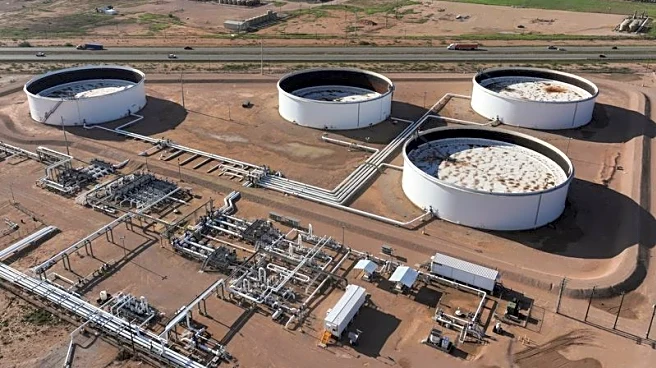By Dharamraj Dhutia and Nimesh Vora
MUMBAI (Reuters) -The Indian rupee's trajectory will depend on developments around U.S. tariffs and the Reserve Bank of India's response if the currency comes under renewed pressure, while government bonds will track inflation data from both India and the United States.
The rupee weakened by 0.1% last week to 87.66, following a 1% drop the week before, after U.S. President Donald Trump imposed additional tariffs on Indian goods, placing India among the countries
subject to the highest U.S. import duties.
High tariffs increase downside risks to India's economic growth, Morgan Stanley said in a note last week. The brokerage said it is monitoring developments in trade negotiations and high-frequency growth indicators.
The sixth round of negotiations between India and the United States are scheduled for August 25.
The rupee's decline over the past fortnight would likely have been steeper if not for the RBI's intervention. The central bank has been staunchly defending the rupee's all-time low level of 87.95 against the dollar.
"We wait to watch how long the RBI protects that level," Anil Bhansali, head of treasury at Finrex Treasury Advisors, said.
The July U.S. inflation data, due on Tuesday, could influence the Federal Reserve's rate-cut expectations and the broader dollar sentiment.
Meanwhile, India's 10-year benchmark 6.33% 2035 bond yield settled at 6.4121% last week, up 4 basis points over the week, which saw volatile moves on both directions.
Traders anticipate the yield will remain in the 6.33% to 6.43% band during the holiday-truncated week, with focus on U.S. inflation as well as local retail inflation also due on Tuesday.
The 10-year benchmark bond yield saw sharp volatile moves, after expectations of dovishness met with the RBI leaving its key policy rate unchanged.
Additionally, the RBI maintained its growth forecast, with Governor Sanjay Malhotra noting that although inflation is currently well below expectations, it is set to rise by the end of the year.
The market is now divided, with several analysts saying that there may be no more rate cuts, while some expect growth and inflation to undershoot forecasts, which will open the door for at least one more rate cut.
"We feel the hawkish tone of policy may create volatility in markets in the near term," said Amit Somani, deputy head of fixed income, Tata Asset Management.
"However, a firm eye on inflation should provide comfort to markets in the longer term. We feel the RBI policy framework will continue to remain supportive of growth, even as the threshold for further policy cuts is high."
KEY EVENTS: India ** July consumer price inflation data - August 12, Tuesday (4:00 p.m. IST) (Reuters poll: 2.50%) ** July wholesale price inflation data - August 14, Thursday (12:00 p.m. IST) (Reuters poll: 0.52%)
U.S.
** July consumer price inflation - August 12, Tuesday (6:00 p.m. IST) (Reuters poll: 2.80%) ** Initial weekly jobless claims for week ended August 4 - August 14, Thursday (6:00 p.m. IST)
** July PPI machine manufacturing - August 14, Thursday (6:00 p.m. IST)
** July import prices - August 15, Friday (6:00 p.m. IST) ** July retail sales - August 15, Friday (6:00 p.m. IST) ** July industrial production - August 15, Friday (6:45 p.m. IST)
** August U Mich sentiment prelim - August 15, Friday (7:30 p.m. IST)
(Reporting by Dharamraj Dhutia and Nimesh Vora; Editing by Sherry Jacob-Phillips)












